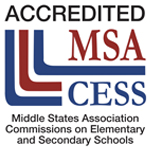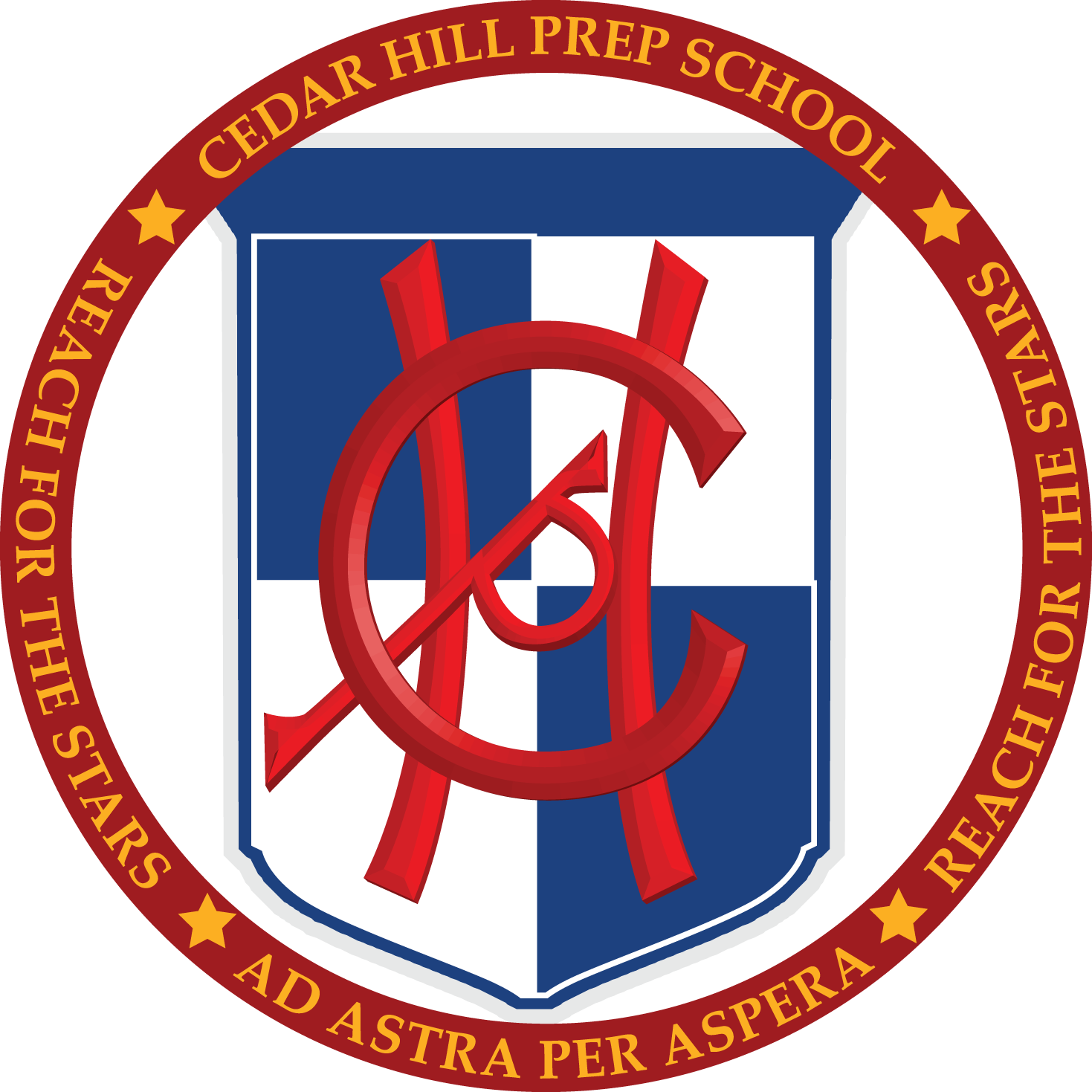Since many families today are two income families, the need for a school with after-school activities is a must. But just having the school act as a babysitter or daycare for children doesn’t cut it. Your children deserve an environment where they can be enriched during their after-school time.
 Extracurricular Activities = Better Students
Extracurricular Activities = Better Students
Learning doesn’t end at the last bell of a school day. In fact, a student’s involvement in after-school and extracurricular activities can have as much of an impact on her future as what she does during class.
A 2007 study by the University of Chicago’s Chapin Hall Center for Children found that high school students who participated in after-school internships had higher class attendance, graduation rates, and graded success rates in their classes than those who did not participate in such extracurriculars.
Not only does this mean that students with an after-school activity regime are more likely to succeed in their classes (which in turn makes them more competitive as candidates for top Universities and Colleges), but it also widens their resume and life-skill sets encouraging responsibility, critical thinking skills, and the development of career-related skills in a safe environment.
A private institution is much more likely to offer the kinds of after-school activities that can pique interest and keep students engaged than its public counterpart. Because a private institution is in control of its own budget and funding sources, after-school activities can receive more discretionary funding depending upon the values of the institution.
Extracurricular Activities | 21st Century Choices
Activities such as robotics and engineering, which are expensive clubs to fund, can thrive in a private school environment in a way that a public school simply can’t support due to budget restrictions. These sorts of clubs which encourage engagement in STEM fields enrich classroom learning and allow students to directly apply their textbook knowledge to a fun and interesting activity.
The arts can be similarly nourished in a private school setting; theater and music programs thrive in an environment where they will never have to fight for funding to stay alive. For example, here at Cedar Hill Prep we participate in Shakesperience and have a full-day Poetry Day annually.
Extracurricular Activities | Not Held Back By Lower Standards
Because private institutions are not bound by state testing standards, extracurricular activities can bolster knowledge acquisition in a way supported by the institution. A 2007 study conducted by Learning Points Associates found that students who participated in activities offered by the 21st Century Community Learning Center (21st CCLC: a program offered by the U.S. Department of Education to provide academic enrichment opportunities outside of school hours) improved their reading and math grades in the classroom.
These results were also found to be the case in a 2004 study by the University of Minnesota Center for Applied Research and Educational Improvement. This second study discovered that students who participated in 21st CCLC received grades in English and math that were better than non-participant students.
A 2004 study by Policy Studies Associates showed that students who actively participated in programs at The After-School Corporation (TASC) were more likely to take (and subsequently pass) the Regents Math Sequential 1 exam by ninth grade than students who were not active in TASC programs. Studies like this clarify the direct correlation between student achievement and after-school enrichment.
Extracurricular activities are a powerful influence which enhance student performance, these activities are a resource that private institutions can tap into with on-site programming targeted specifically towards results. Better funded extracurricular programs make better students, and this potential (once understood) can unlock a fun and exciting world of learning for any pupil.





